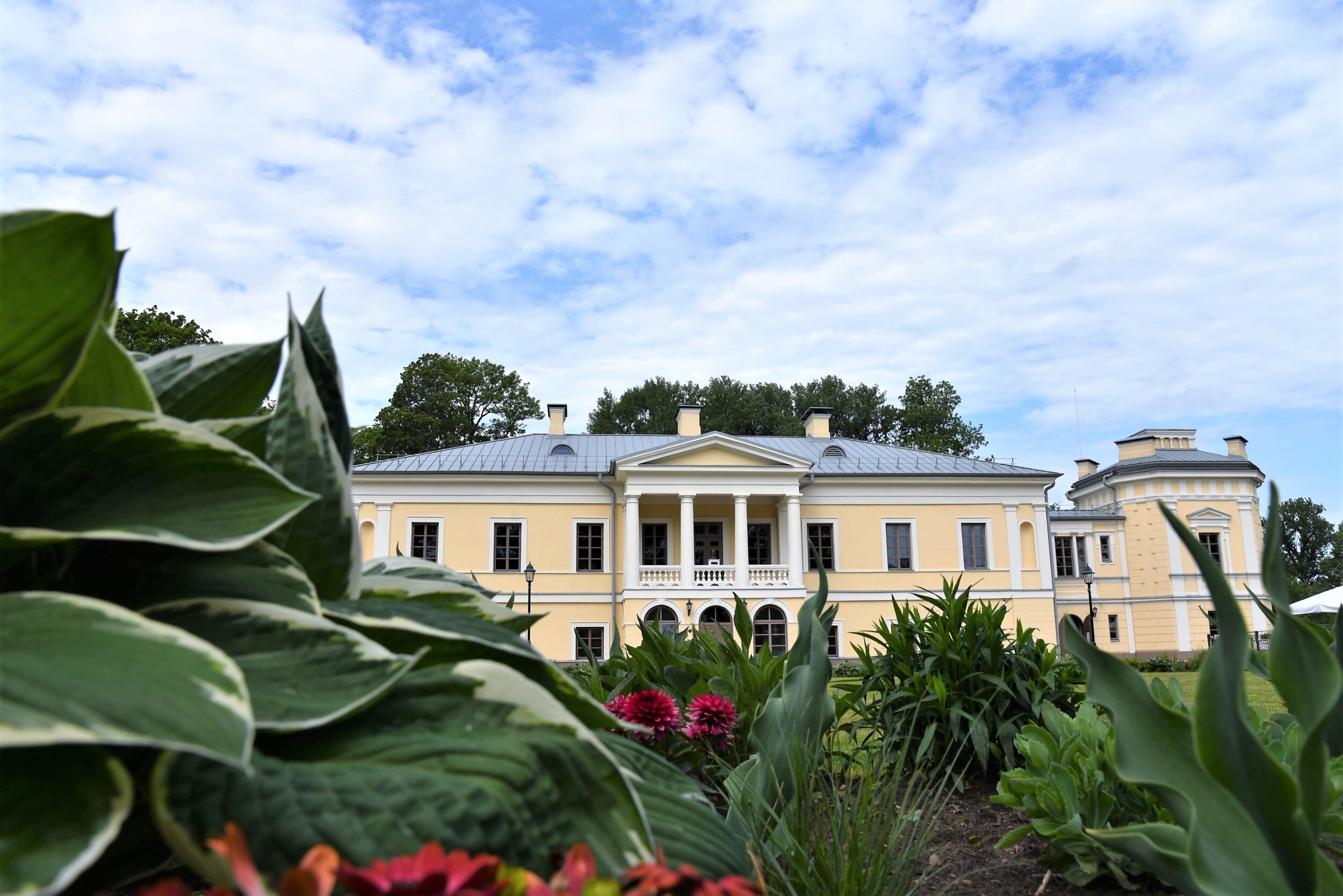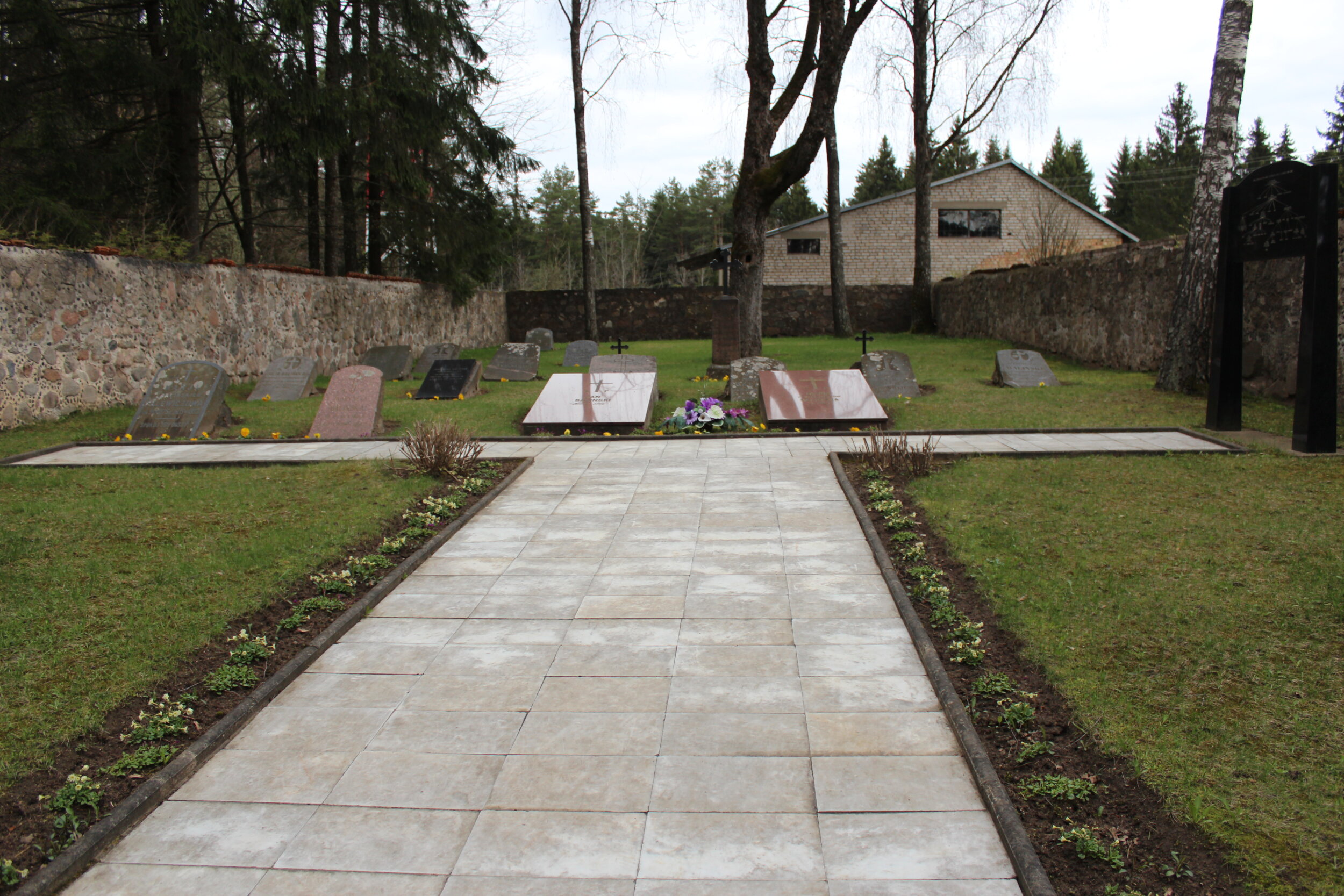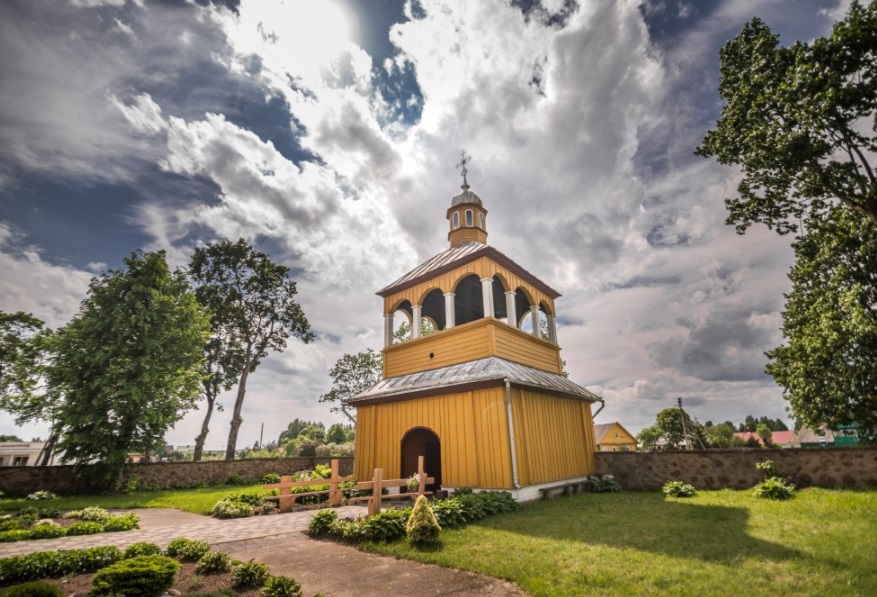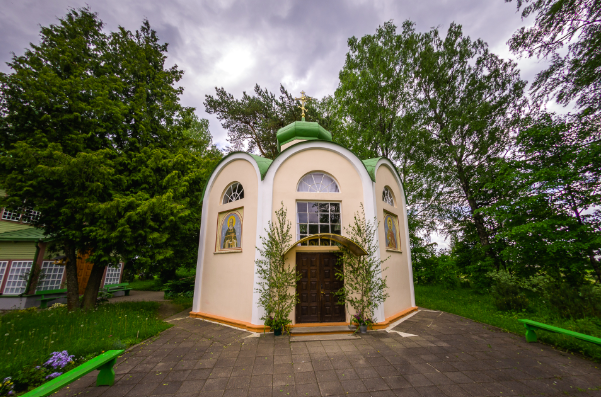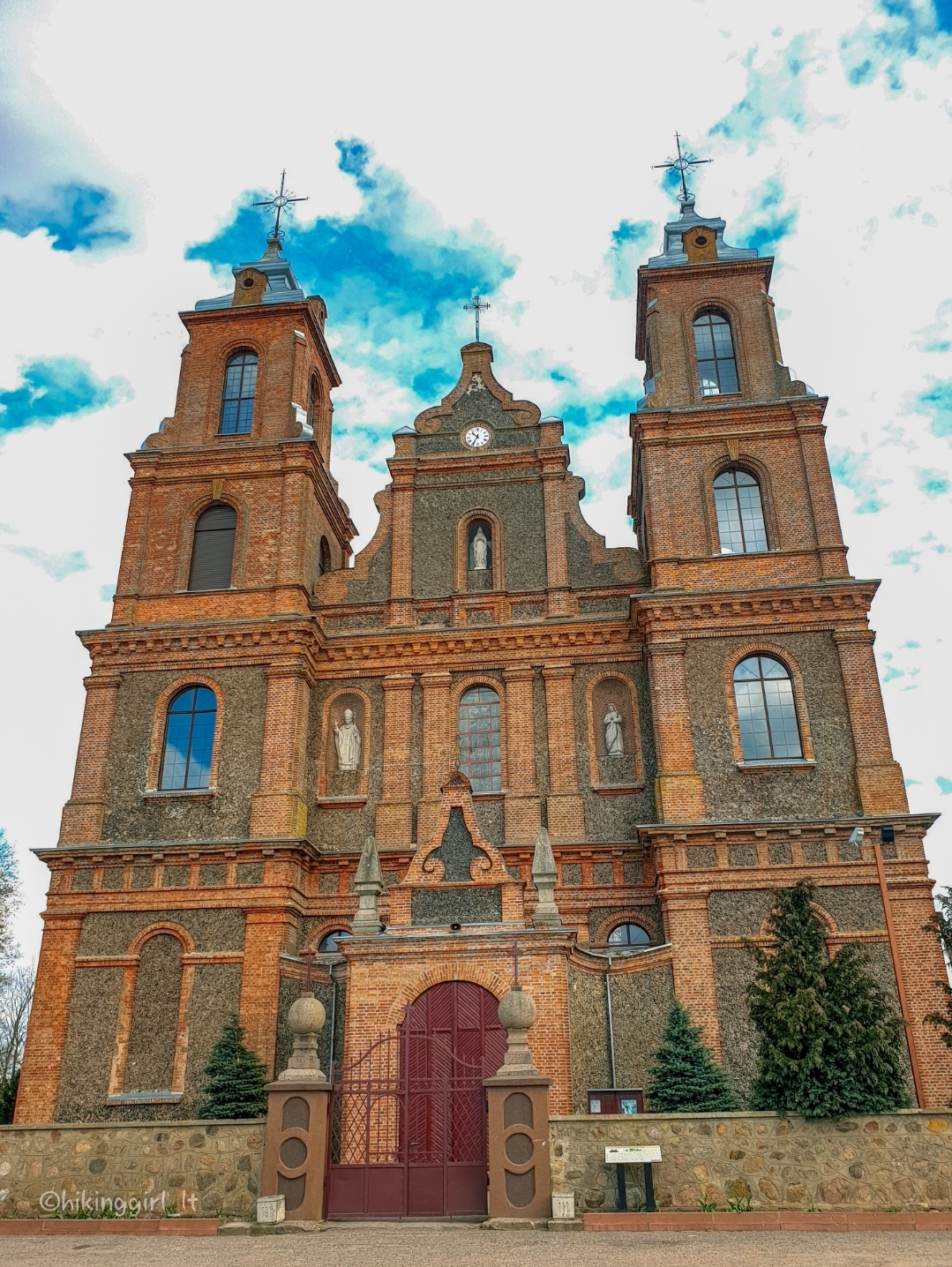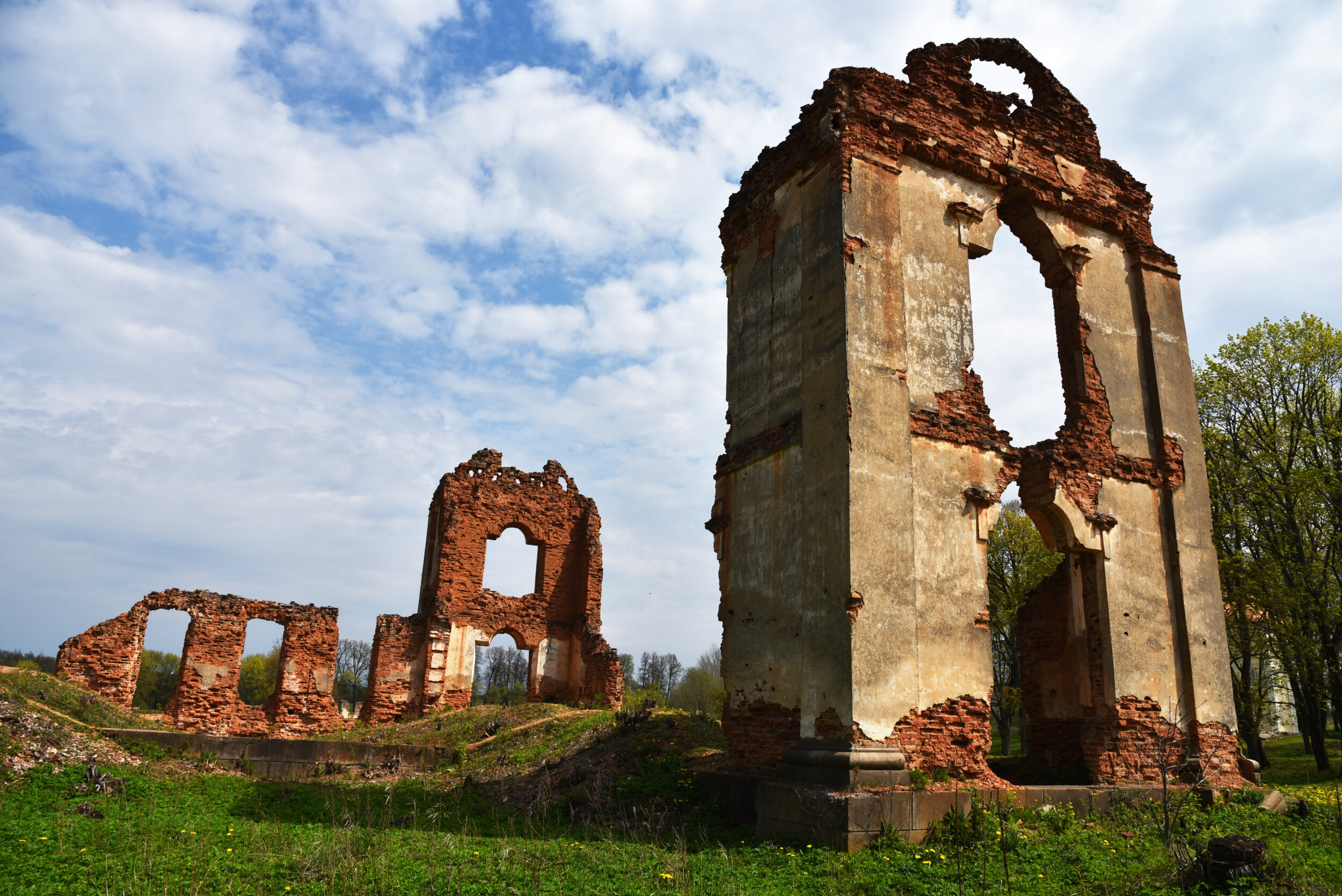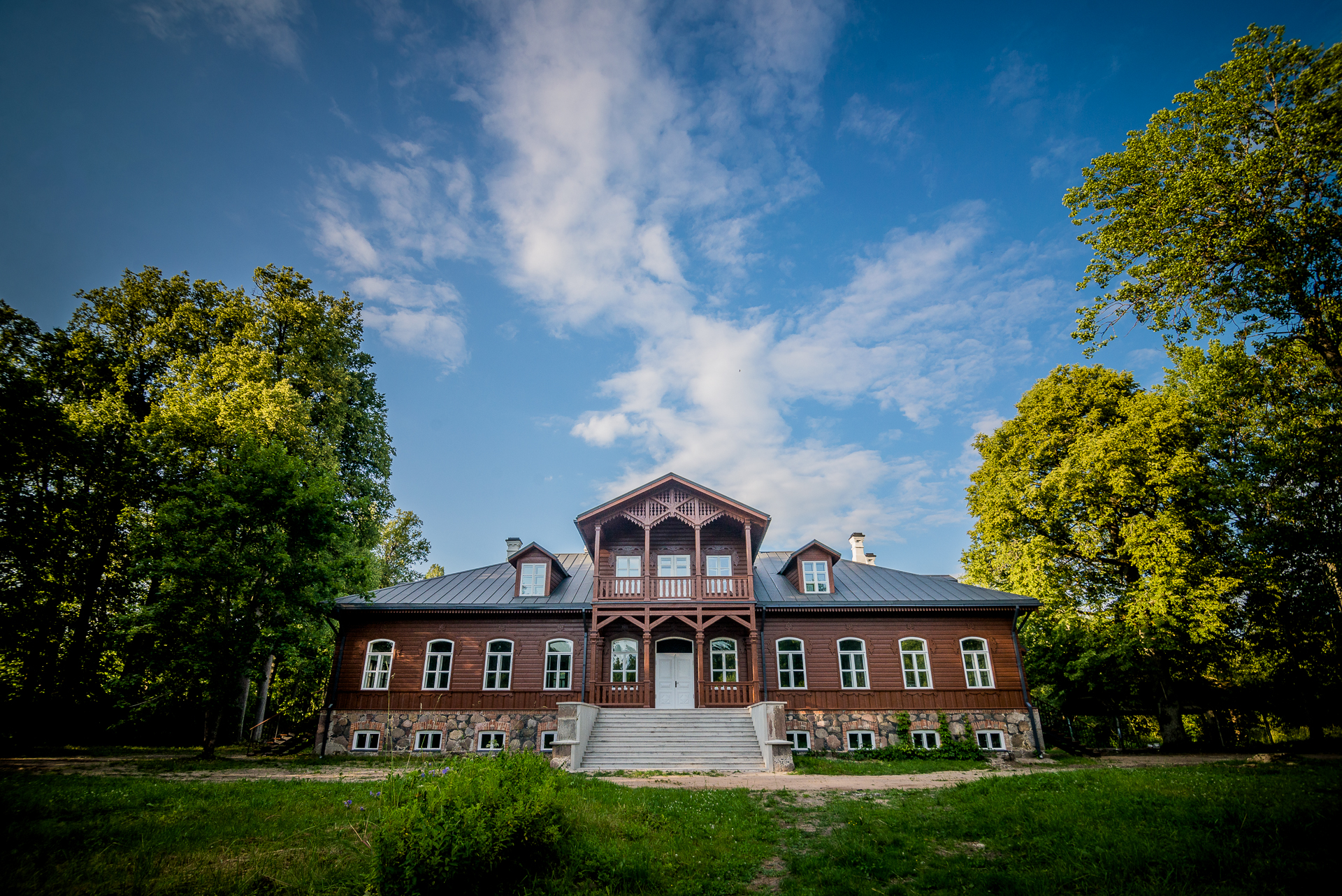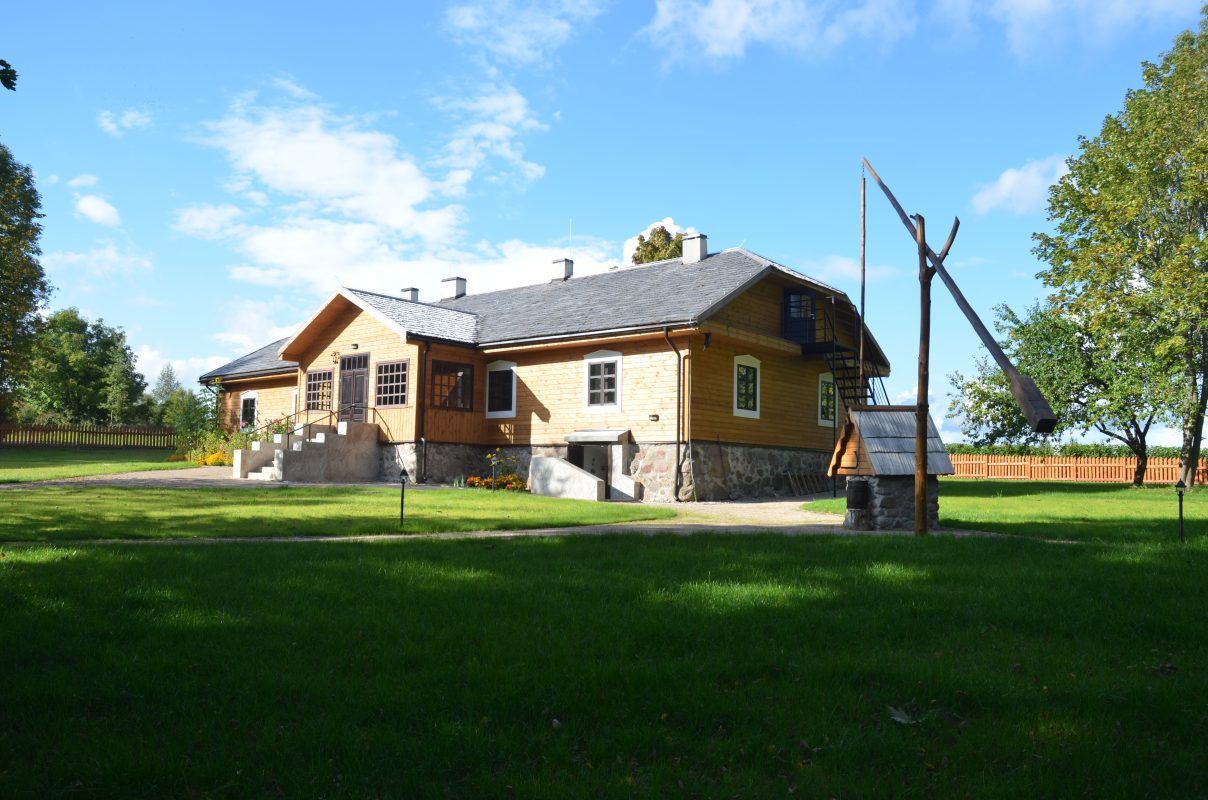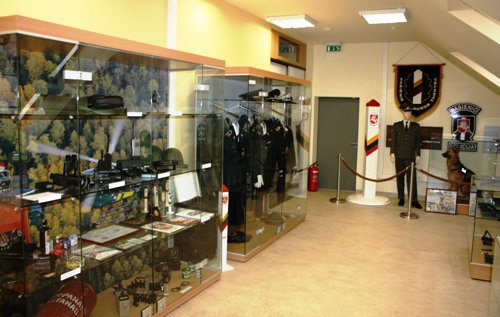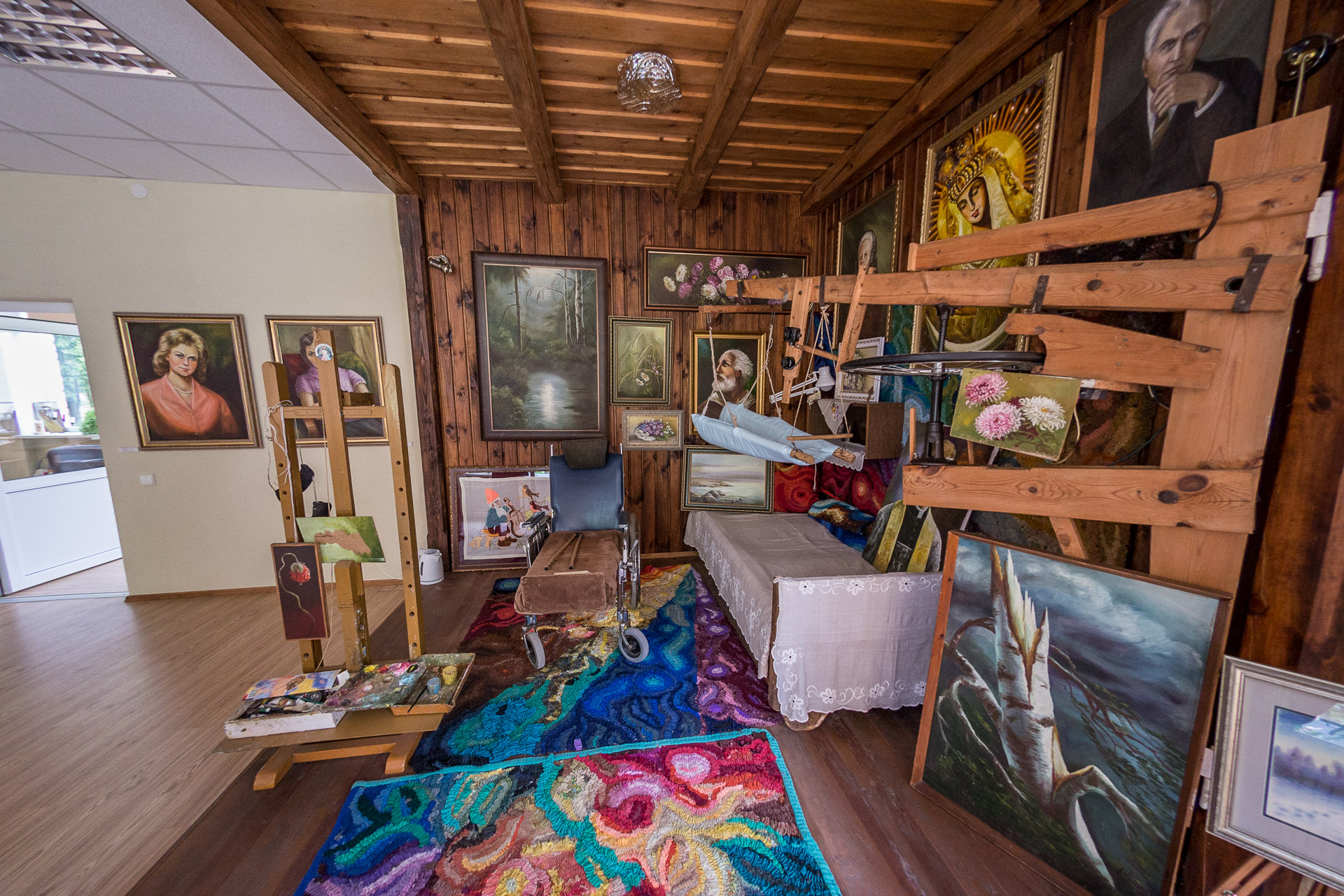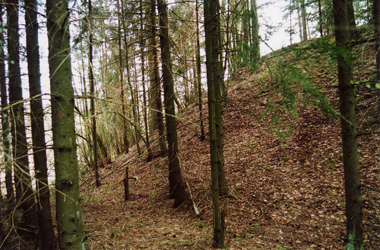Mūrininkai Hillfort

39

0

0
The Mūrininkai Hillfort, oriented from northeast to southwest and covering an area of 44×25 meters, astonishes archaeologists with its finds of pottery shards—some coarse and some smooth—offering a glimpse into ancient times. The perimeter of the site is protected by embankments rising 1.5 meters high and stretching solidly over 15 meters. Unusually wide ditches, 12 meters across and 1.5 meters deep, form a formidable defensive barrier at the eastern and western bases. To the south, a half-meter high, six-meter-wide embankment proudly marks the ditch's edge. The northern side of this historical site bears traces of an old entrance.
Info
Whats new?
Nearby attractions
Nearest museums
Nearest entertainment
Nearest food establishments translate this into LT

 Entertainment
Entertainment
 Sightseeing
Sightseeing
 Food establishments
Food establishments





























 54.588918, 25.552113
54.588918, 25.552113
 Get directions
Get directions








